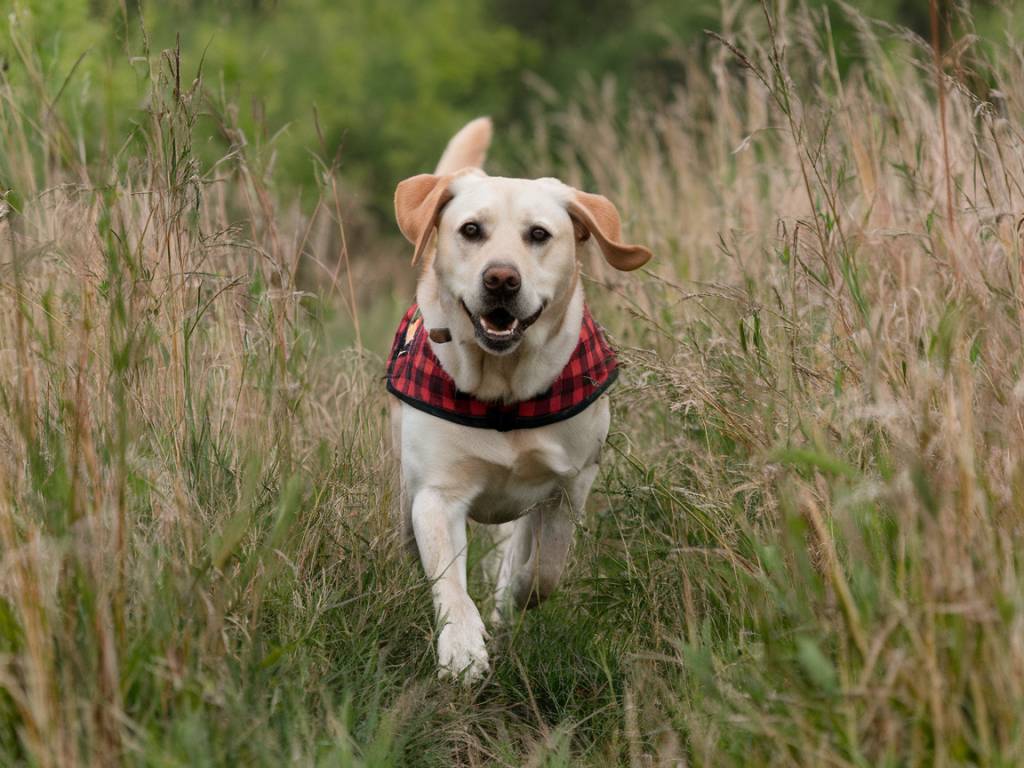Understanding Protein Requirements for Active Dogs
Proteins play an essential role in the diet of dogs, particularly for those that are part of active breeds. These energetic dogs require a diet that supports their heightened level of activity and provides them with sustained energy and muscle support. Understanding the protein needs of these lively breeds can help you choose the best food for your canine companion.
Why Protein Matters for Active Breeds
Active dog breeds such as Border Collies, Siberian Huskies, Australian Shepherds, and Labrador Retrievers have higher physical demands due to their energetic nature. Protein is crucial for building and repairing tissues, enzyme production, and ensuring optimal muscle growth and function. It also helps in maintaining a healthy coat and skin, which can be particularly beneficial for dogs that spend a lot of time outdoors.
The Basics of Protein in Canine Nutrition
Proteins are composed of amino acids, which are the building blocks of the body. Dogs need a variety of amino acids from their diet to meet their physiological needs. While dogs can produce some amino acids on their own, others must be obtained through dietary sources. The quality of protein sources comes down to how well they provide essential amino acids that the dog cannot synthesize itself.
Sources of High-Quality Protein
A variety of ingredients can serve as high-quality protein sources for dogs. Some of these include:
- Meat: Chicken, beef, turkey, and lamb are common sources that provide complete proteins.
- Fish: Salmon and tuna are not only high in protein but also provide omega-3 fatty acids for additional health benefits.
- Eggs: These offer a great protein-to-calorie ratio and are easy for dogs to digest.
- Dairy: Ingredients like cottage cheese and yogurt can also serve as protein sources but should be given in moderation to avoid lactose intolerance issues.
Determining the Right Amount of Protein for Your Active Dog
The key to feeding active breeds is to ensure they receive adequate protein that matches their energy output. The amount of protein a dog needs can be influenced by factors such as age, weight, activity level, and overall health.
For highly active breeds, it is generally recommended to choose a dog food containing between 25% and 30% protein. Puppies and young dogs might require higher amounts to support their growth and development, whereas senior dogs may need tailored amounts based on their health status and reduced activity levels.
Adapting Protein Intake for Different Life Stages
It is important to adapt the protein intake of your active dog as they move through different life stages.
- Puppyhood: During this rapid growth phase, puppies require higher protein for development. Look for foods designed specifically for puppies or active breeds.
- Adulthood: Adult active dogs need well-balanced meals with adequate protein to maintain their muscle mass and energy levels. Foods should be based on their activity level and weight maintenance needs.
- Aging Adult: Older dogs might need a diet that includes lower protein but remains high quality to support a potentially lower metabolism while still maintaining muscle mass. This should be adjusted under veterinary guidance.
Monitoring Your Dog’s Response to Their Diet
As you adjust your dog’s diet, it’s important to monitor their response. Noticeable signs of optimum protein intake include a shiny coat, good muscle tone, and sustained energy levels. If your dog appears lethargic, is losing weight without explanation, or their coat appears dull, it might be necessary to revisit their dietary needs and adjust the protein levels.
Choosing the Right Dog Food
Navigating the aisles of dog food options can be overwhelming with the endless varieties available. Here are a few tips to help you choose the right food for your active breed:
- Check the Labels: Look for dog foods that list specific meats as the primary ingredient rather than ambiguous terms like « meat by-products ».
- Balanced Diet: Ensure that the dog food provides a balanced diet by including essential amino acids, vitamins, minerals, and healthy fats to support overall health.
- Consult with a Veterinarian: Always good practice to consult with your vet to tailor food selections based on any special health concerns or dietary needs.
- Consider Natural Diets: While commercial foods can meet your dog’s needs, some pet owners prefer natural or raw diets for more control over ingredients and quality.
Understanding the Role of Supplements
In some cases, dogs might benefit from supplements that can aid in protein digestion and utilization. Common supplements include digestive enzymes and probiotics, which can be helpful if your dog is experiencing digestion issues related to their diet. Be sure to consult your veterinarian before adding supplements to your dog’s diet to ensure they are necessary and beneficial.
Nurturing an active breed with the right dietary protein is pivotal for ensuring they lead a healthy, energetic life. With thoughtful dietary choices, monitoring their health, and adjusting their intake as needed, you can support their active lifestyle and enhance their wellbeing.
By Lisa Tissed
« `

